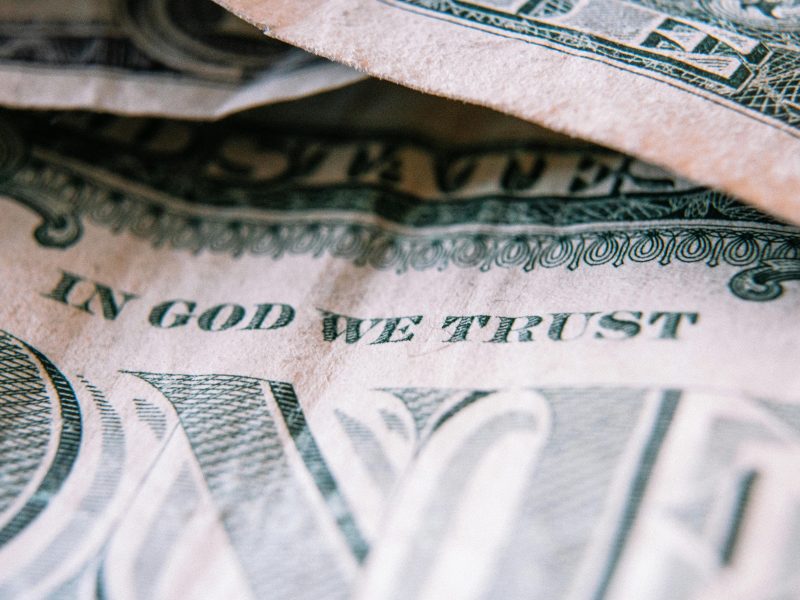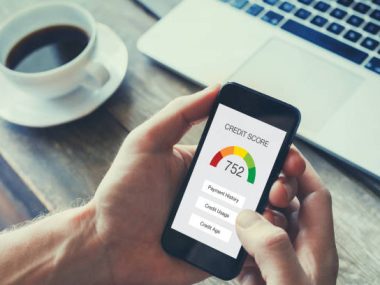Debt can feel like a mammoth shadow looming over your life, obstructing the light of financial freedom. But for many Americans struggling under the oppressive weight of unmanageable debt, a glimmer of hope shines in the form of US Debt Relief Program.
Designed to carve a path towards stability, these initiatives embody a variety of strategies aimed at helping individuals claw their way out of debt’s deep abyss.
Today, we explore the corridors of these programs, discussing eligibility, methods, fees, and application steps to shine a torch for those seeking a way out of debt.
What is the US Debt Relief Program?
The US Debt Relief Program is not just one program, but a collective term referring to a series of federal initiatives that offer a lifeboat to Americans sinking in debt. What do these entail?
The arsenal of tools these programs offer includes debt settlement, consolidation loans, and credit counselling, each designed to slash the dizzying heights of debt down to a manageable foothold.
- Strategies vary from lowering total debt via negotiation to combining multiple debts into a single payment plan.
- These federal initiatives span various types of debt, from the treacherous peaks of credit card debt to the unpredictable terrain of medical bills.
- Determining if you’re eligible hinges upon a comprehensive assessment of your financial condition and the particular categories of debt you possess.
- Successfully navigating this program can be akin to a financial rebirth, guiding indebted souls away from the brink of bankruptcy towards a healthier monetary tomorrow.
Engagement with the US Debt Relief Program begins with understanding which tool fits your situation best.
- Debt Settlement: Negotiating a sum less than the full amount owed.
- Consolidation Loans: Merging debts into a unified lower-interest loan.
- Credit Counseling: Creating a plan to pay off debt without a new loan.
The US Debt Relief Program’s suite of solutions can be transformative, offering a ladder to those trapped in the dungeon of debt.
Who Is Eligible To Participate In The US Debt Relief Program?
Let’s address the elephant in the room: no one-size-fits-all “US Debt Relief Program.” However, similar to a tailor-made, custom-fitting suit, various programs in the United States are designed to fit certain circumstances.
Eligibility is usually based on legal residency status, often requiring participants to be bonafide inhabitants or citizens of the United States.
The financial red tape includes the demonstration of financial distress. One might need to showcase an income that struggles to juggle the burden of debts or a sudden upheaval in financial stability.
The particulars of the debt also play a starring role—some aid is exclusive to federal student loans or credit card debt, so secured debts might take a back seat.
A spotless recent financial record, void of bankruptcy proceedings, and fraud misdemeanors can also aid in your eligibility application.
These specific conditions sculpt the eligibility landscape for various debt relief programs:
- U.S. residency: Must be a legal resident or citizen.
- Financial hardship: Proven inability to keep up with debt payments.
- Types of debt: Some debts qualify, while others, like secured loans, may not.
- Good standing: An absence of bankruptcy or fraud charges.
Summing up, identifying the right program and its eligibility requirements is the first rung on the ladder to the sanctuary of stable finances.
How Does The US Debt Relief Program Work To Reduce My Debts?
Imagine a mediator stepping into the ring where you and your towering debts are locked in combat—this is essentially the role of the US Debt Relief Program. By negotiating with creditors to potentially lower what you owe, these programs can defuse the ticking time bomb of immovable debts.
- The initial attack strategy might be combining multiple battlefronts (debts) into a single, larger, more manageable force to combat.
- It then plays its hand by reducing interest rates or waiving punitive late fees, making the foe weaker and easier to vanquish.
- Furthermore, debt settlement might see your creditors lower their swords, agreeing to receive less than what’s owed as a fair capitulation.
While the relief campaign aims to lighten the payload of your indebted rucksack, it’s not without potential scars:
- Negotiation: Creditors may accept lowered total debt amounts.
- Consolidation: simplifying payment schedules under one loan.
- Interest and Fees: Potential reductions to make repayments achievable.
By understanding the tactics utilized by these programs, you can predict the potential outcomes and make an informed decision on your path to financial recovery.
Are There Any Fees Associated With Enrolling In The US Debt Relief Program?
Diving into a US Debt Relief Program might seem like a free swim down the river of debt absolution, but there’s often a cost to hire the ferryman. Programs vary in their fee structure, with some requesting an upfront tariff, while others operate on a success-based fee model.
Clarity and transparency about fees are pivotal. Reputable services lay out their pricing schemes before you board the vessel of debt relief.
Scrutinizing the fine print is as important as understanding a treasure map. Hidden expenses can ambush the unwary, so keep a vigilant eye open.
As you survey your options, consider these fee structures:
- Upfront Fees: Flat rates paid before services begin.
- Success-based Fees: Charges applied only after successful negotiation.
- Full Disclosure: True costs are detailed upfront—no surprises.
With the mast set on financial freedom, steering clear of hidden fee icebergs is crucial to reaching your destination unscathed.
How Can I Apply For The US Debt Relief Program?
Ready to enlist in the realm of US Debt Relief Programs? The application campaign commences with reconnaissance—gathering the necessary intelligence on your financial status and the mountain range of debt towering before you.
Initiating contact through official channels will anchor you to the most credible and updated resources.
Prepare your dossier: financial proof, comprehensive debt statements, and documentation of any economic adversities you’ve weathered.
Filling out the paperwork with accuracy will set a true course, ensuring all your financial currents and counter-currents are accounted for.
If the waters get murky, consider navigating with a seasoned financial advisor or debt counselor—they can chart your course to eligibility.
The application journey is outlined as follows:
- Start: Reach out via official website or financial institution.
- Documentation: Gather income and debt records, plus hardship evidence.
- Application: Complete forms with diligence and detail.
- Guidance: Seek expert advice if the application waters become choppy.
Upon setting sail with your application, patience is your ally. The response will emerge, directing you toward the next waypoint on your journey to debt relief.
Crafting Your Financial Escape Plan
As we draw the map to a debt-free life to a close, it’s paramount to remember that the route out of debt through the US Debt Relief Program is lined with numerous signposts.
These initiatives can be a lighthouse guiding you through a mist of financial uncertainty, but choosing the right path requires careful navigation.
Take steps to educate yourself on the web of eligibility requirements, understand the mechanisms at play to diminish your debts, and be prepared to meet the costs of enlisting professional help.
With every step of your application considered and concluded, you edge closer to the summit of fiscal freedom, leaving the shadow of debt in the valley far behind.
Please Help Share This Post









